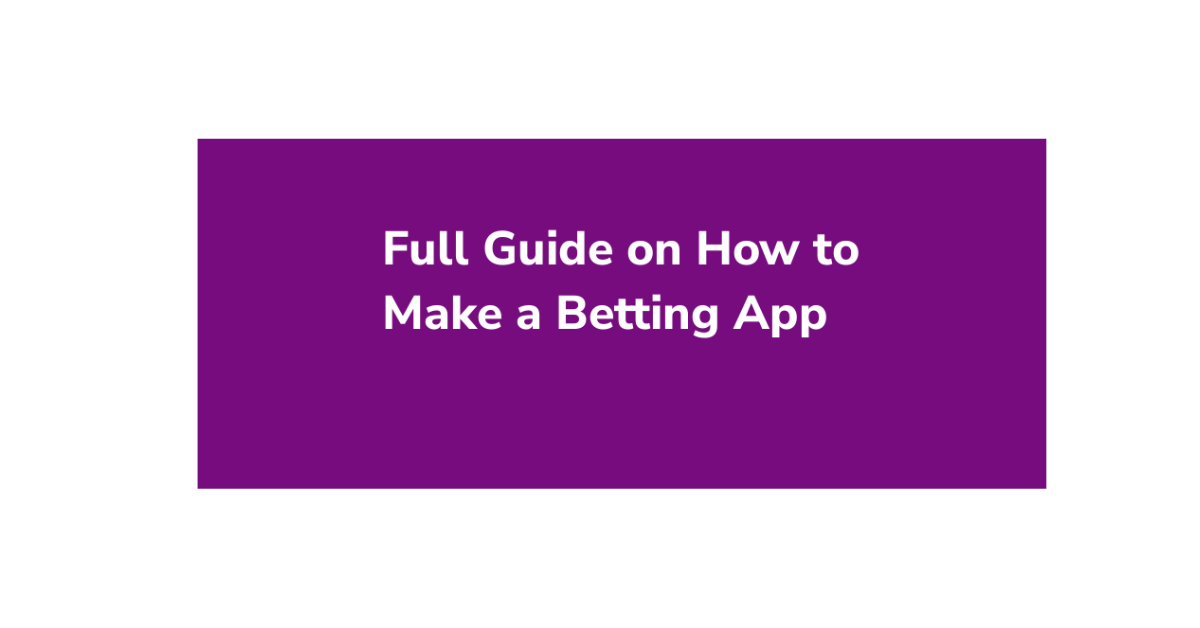Overview of Betting Apps
Betting apps have witnessed a surge in popularity in recent years, with the convenience of placing bets anytime and anywhere appealing to users. These apps provide a platform for users to engage in various forms of betting, from sports events to casino games, offering a wide range of options to cater to different preferences. The ease of use and accessibility of these apps have contributed to their widespread adoption among users seeking entertainment and the thrill of placing bets.
In addition to offering a platform for betting, many betting apps also provide live streaming of sports events and real-time updates, enhancing the overall user experience. Features such as odds comparison, secure payment options, and customizable settings further add to the appeal of these apps. As the industry continues to innovate and evolve, betting apps are likely to remain a prominent fixture in the world of online gambling, catering to the diverse needs and preferences of users seeking excitement and entertainment.
Research and Market Analysis
To effectively develop a successful betting app, thorough research and market analysis are essential. Understanding the current trends, user preferences, and competitors within the market is crucial in creating a unique and competitive product. Research helps in identifying gaps in the market and allows for the implementation of innovative features that cater to the target audience’s needs.
By conducting comprehensive market analysis, developers can gain insights into consumer behaviors, emerging technologies, and regulatory frameworks that impact the betting app industry. This data-driven approach enables them to make informed decisions throughout the app development process, ensuring that the final product meets the demands of the market. Research and market analysis serve as the foundation for creating a user-centric betting app that not only attracts users but also retains their loyalty in a competitive landscape.
Identifying Target Audience
To effectively identify the target audience for a betting app, it is crucial to conduct thorough market research and analysis. This involves examining various demographics, such as age, gender, location, and interests, to determine the specific groups that are most likely to use the app. By studying user behavior patterns and preferences, app developers can gain valuable insights into the needs and preferences of their target audience.
Furthermore, it is essential to gather feedback and insights from existing users and potential customers to understand their expectations and requirements. Conducting surveys, interviews, and focus groups can provide valuable data on user preferences, pain points, and desired features. By listening to the feedback and suggestions of the target audience, developers can tailor the app to meet their specific needs and enhance the overall user experience.
Designing User Interface
When it comes to the design of a betting app user interface, simplicity and functionality are key components that should not be overlooked. The interface should be intuitive and user-friendly, allowing users to navigate effortlessly through the app without any confusion. Clear and concise button placements, easy-to-read text, and visually appealing graphics all contribute to a positive user experience.
Incorporating a sleek and modern design with a cohesive color scheme can enhance the overall look and feel of the app. Consistency in design elements such as fonts, icons, and spacing helps to create a unified visual identity. Additionally, the use of interactive elements like animations and transitions can make the app more engaging and dynamic for users, keeping them interested and invested in the betting experience.
Developing Backend Functionality
When it comes to ensuring the smooth operation of a betting app, the development of backend functionality plays a crucial role. The backend is essentially the engine that powers the entire system, handling data storage, user authentication, transactions, and other essential functions. An efficient and well-designed backend is essential for the app to deliver a seamless and reliable user experience.
Developing backend functionality involves creating a robust architecture that can scale with the app’s growth and handle a high volume of transactions securely. It requires careful planning to optimize database performance, implement data encryption, and establish secure connections with other systems. Additionally, incorporating features like real-time data updates, push notifications, and analytics capabilities can enhance the overall user experience and keep users engaged.















